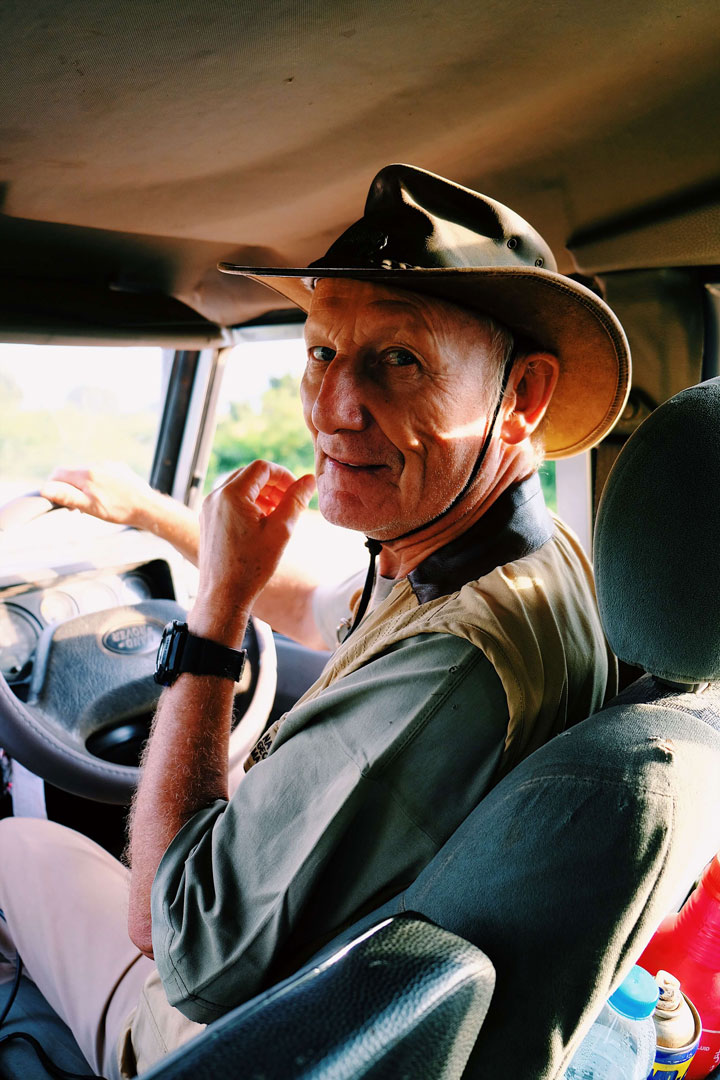“Stories are everywhere, you just have to be susceptible for hearing, seeing receiving them. If you’re not curious, if you’re not interested in other people and how they see the world, it can be very hard to get any inspiration at all”, says Joost, addressing his penchant for travel photography.
The work of Joost Bastmeijer is as compelling as it is honest. Raised in the Netherlands, Joost currently works out of South Africa. Joost’s photography works primarily with identity, travel and the everyday. Drawing his photojournalistic impulse from a large variety of influences, Joost says what motivates him the most is travel.
“Curiosity drives me”, he says, “that’s why I became a journalist. Traveling around the world makes it easy to keep on discovering new places, capturing new moments and meeting new people. When I went on a last-minute trip to New Delhi, India, I made new friends by connecting with photographers through social media. It was inspiring to experience how easy it is to find like-minded individuals through a social medium like Instagram. “
His photography engages with the every day, and succeeds in representing accurately moments lost in translation. Be it the laughter of Masai girls during a talk on sex education in Olentoko, or a child’s fascination with the tiny child-sized cars outside Kampala, in Lake Victoria. In other words, moments touched with a certain porous, all-encompassing purity, so incidental that they are never addressed in conversations but also marked by a self-sustained fullness.
In all of Joost’s pictures, it is obvious that he has engaged with the subject of his photography (the person or place he is taking a picture of) which is an important departure from the usual terrain of travel photography. He shifts away from the stereotyping and orientalization prevalent in most white photographers who work in Africa, but the distance still remains, to some extent. His positionality as a white photographer working in Africa cannot be ignored, and the aspect of a post-colonial space, how he negotiates race relations when he speaks to people and how they perceive him, along with the idea of overwriting their narratives due to aforementioned race relations.
Addressing this, he says, “As a white photographer in Africa, I have to be careful with my terminology. I’m often writing texts to accompany my pictures, and I obviously have to make sure that my sources are reliable and that my vocabulary isn’t outdated or harmful. When journalists write about Africa, they easily render the continent more exotic than it actually is. To me, it’s important to not only see Africa through the eyes of others, which can be hard, because of my European background. It rarely happens, but sometimes people comment on my stories, asking why I took a photo or wrote a story in a certain way. Most of the times, that feedback is constructive, and very helpful and important.”
As a traveller, a lot of Joost’s work over the last few years has been around India and now Africa. Recently, he collaborated with AMREF Health Africa and the World Health Organization (WHO) where he was assigned to create portraits of fifty workers he is supposed to portray are volunteers attempting to help the local authorities fight and prevent tuberculosis. The portraits will ultimately be put to exhibit in Kazakhstan, where the volunteers will finally speak to the ministers of health present at the conference. Joost will also extensively interview each volunteer to know. The methodology is goal-oriented as well as detailed, which is particularly important given the delicate criticality of the health situation in Africa, and the sheer importance of the conference. Even here, the aspect of race-relations, balancing them, making the interviewees as comfortable as possible and to reduce power hierarchies is paramount.
Joost is also the editor at MENDO Books, a photojournalism publication house based out of Amsterdam. He recently edited a collection under the same organization, entitled Streets of New York, and previously, he edited Streets of Amsterdam. In his own words, he focuses on cultures, spaces, and people.
Drawing inspiration from photographers like Jimmy Nelson, whose work focuses on indigenous tribal cultures around the world it is notable how one thinks of photographers like Joost, who come from formerly colonial countries that even now exercise a neo-colonialism.
The change colonialism brought about in race relations around the world, and the change subsequently realized by post-colonialism has been well documented in academia, civic movements as well as art and while Nelson’s particular style of photography is very different from his, one does begin to tentatively trace here a newer trend of ‘world photography’. We now begin to see how white photographers from formerly colonial countries perceive the Oriental Other, their self-awareness of the idea of post-coloniality and how it translates into their work.
All photos by Joost Bastmeijer.
Text by Anandita Thakur.









